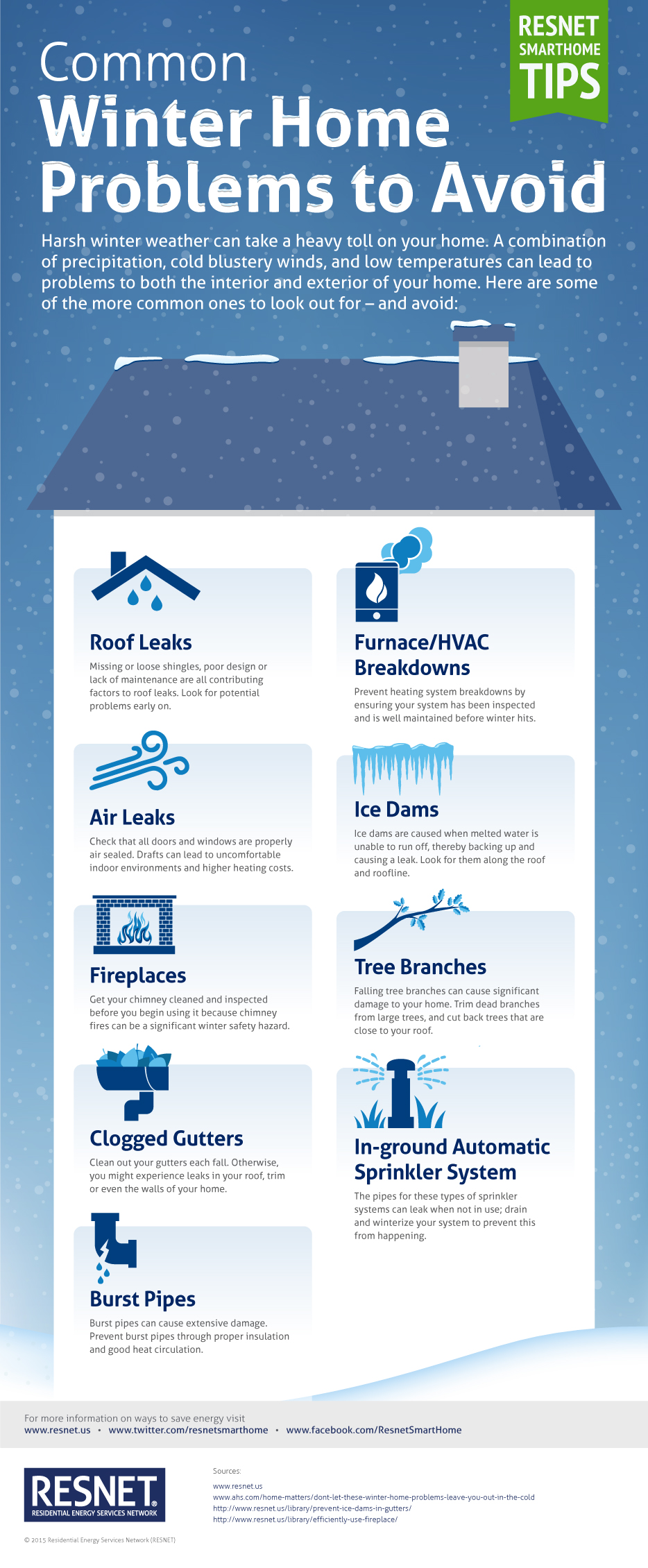Comprehending Weather Condition'S Impact On Roofing Setup: Trick Seasons And Conditions For An Effective Work
Comprehending Weather Condition'S Impact On Roofing Setup: Trick Seasons And Conditions For An Effective Work
Blog Article
Material Composed By-Figueroa Mouritzen
When it comes to roof covering installations, the weather condition can make or break the work. Visualize the stress of managing products that won't work together as a result of extreme warm or fighting unsafe surface areas caused by unanticipated rainfall. Understanding the impact of weather conditions on your roof covering task is important for an effective outcome. So, allow's explore how different weather condition components can affect the high quality and resilience of your roof covering installation, making sure a job well done.
Impact of Temperature Level on Roof Covering Installment
When it comes to roof covering installation, temperature plays an essential duty while doing so. The perfect temperature level for roof jobs usually falls in between 45 and 85 degrees Fahrenheit. Extreme heat can create materials like shingles to become as well flexible, resulting in potential damages during installment. On the other hand, cool temperature levels can make products brittle and vulnerable to breaking. It is essential to arrange roof setups during moderate temperature levels to make sure the most effective outcome.
Throughout chillier weather condition, specialists may require to take additional precautions such as using heated equipment or permitting materials to warm up before installation.
On the other hand, heat might need work to be done previously or later in the day to avoid the peak temperature levels. By taking into consideration the temperature and its results on roofing materials, you can assist ensure an effective installment that will stand up to the components for many years to come.
Effect of Precipitation on Roofing Projects
Roof covering jobs can be considerably affected by precipitation, impacting both the timeline and the quality of the installment. Rainfall or snow can develop unsafe conditions, making it risky for roofing professionals to work on a wet surface area. Additionally, wetness can jeopardize the adhesion of products like roof shingles or underlayment, leading to potential leakages or damages in the future.
If it rains throughout a roof job, the water can seep into vulnerable locations, causing hold-ups as the installment staff have to wait for the roof to dry prior to proceeding. Too much moisture can likewise advertise the development of mold and mildew, additional endangering the stability of the roof covering.
To avoid these concerns, it's recommended to schedule roofing tasks during drier seasons or monitor the weather report closely to intend around any possible rainstorms. By taking preventative measures to work in beneficial climate condition, you can make certain a smoother and a lot more successful roofing installation process.
Influence of Wind Speed on Installment Success
During roof covering setup, the speed of the wind plays an essential function in figuring out the success of the job. top roofing companies in san antonio can present significant obstacles to roofing contractors, possibly bring about safety and security dangers and top quality problems. When wind speeds go beyond recommended limitations, it becomes hard to deal with products, enhancing the risk of crashes and damages to the roofing materials. https://home-depot-roofing95172.dreamyblogs.com/32780451/fascinated-in-recognizing-just-how-commonly-roofing-assessments-should-be-carried-out-discover-the-unforeseen-factors-that-may-intimidate-the-safety-of-your-roof can likewise impact the accuracy of dimensions and the precision needed for appropriate installation.
To make sure an effective roof setup, it's vital to keep track of and consider wind rates. Ideally, https://www.architectsjournal.co.uk/news/opinion/rooftop-extensions-are-well-and-good-but-design-quality-is-paramount should occur on days with reduced to moderate wind speeds. This not just improves the safety and security of the workers yet likewise improves the overall quality of the installment.
Roof jobs arranged throughout calm climate condition are more probable to be finished effectively and with fewer mistakes. By paying attention to wind rate forecasts and planning appropriately, you can help guarantee a smooth and successful roof covering installation procedure.
Verdict
So, when it involves roof covering installation, bear in mind to take into consideration the weather to make sure a successful job. Optimum temperature levels, completely dry conditions, and moderate wind speeds are essential factors to prioritize for a smooth installation procedure. By arranging your project during the best seasons and suitable weather conditions, you can attain a long lasting and long-lasting roof covering that will safeguard your home for many years to come.
